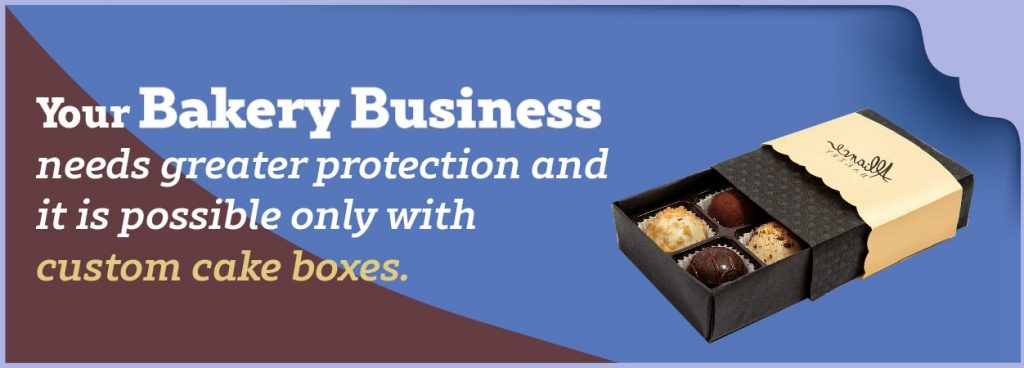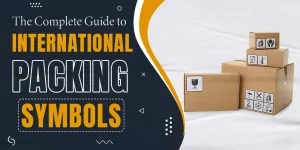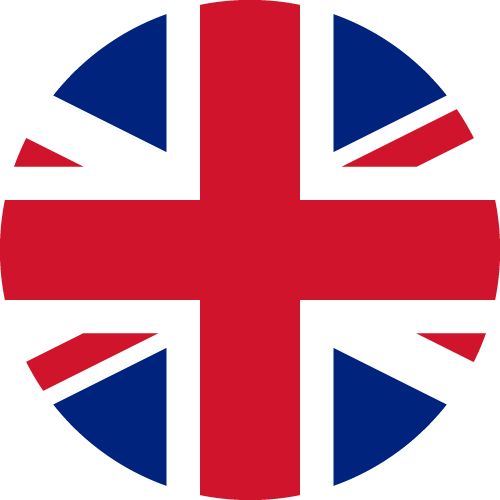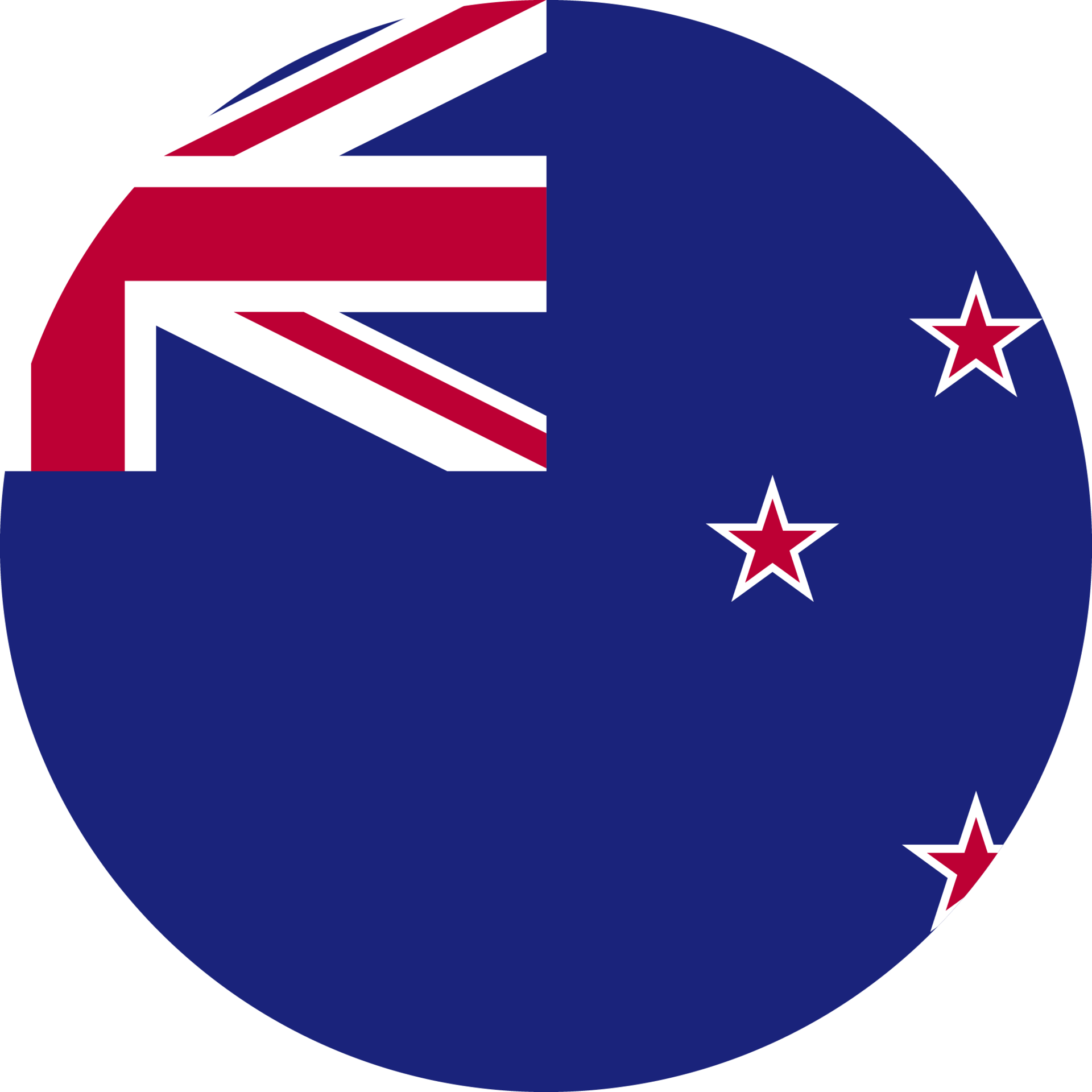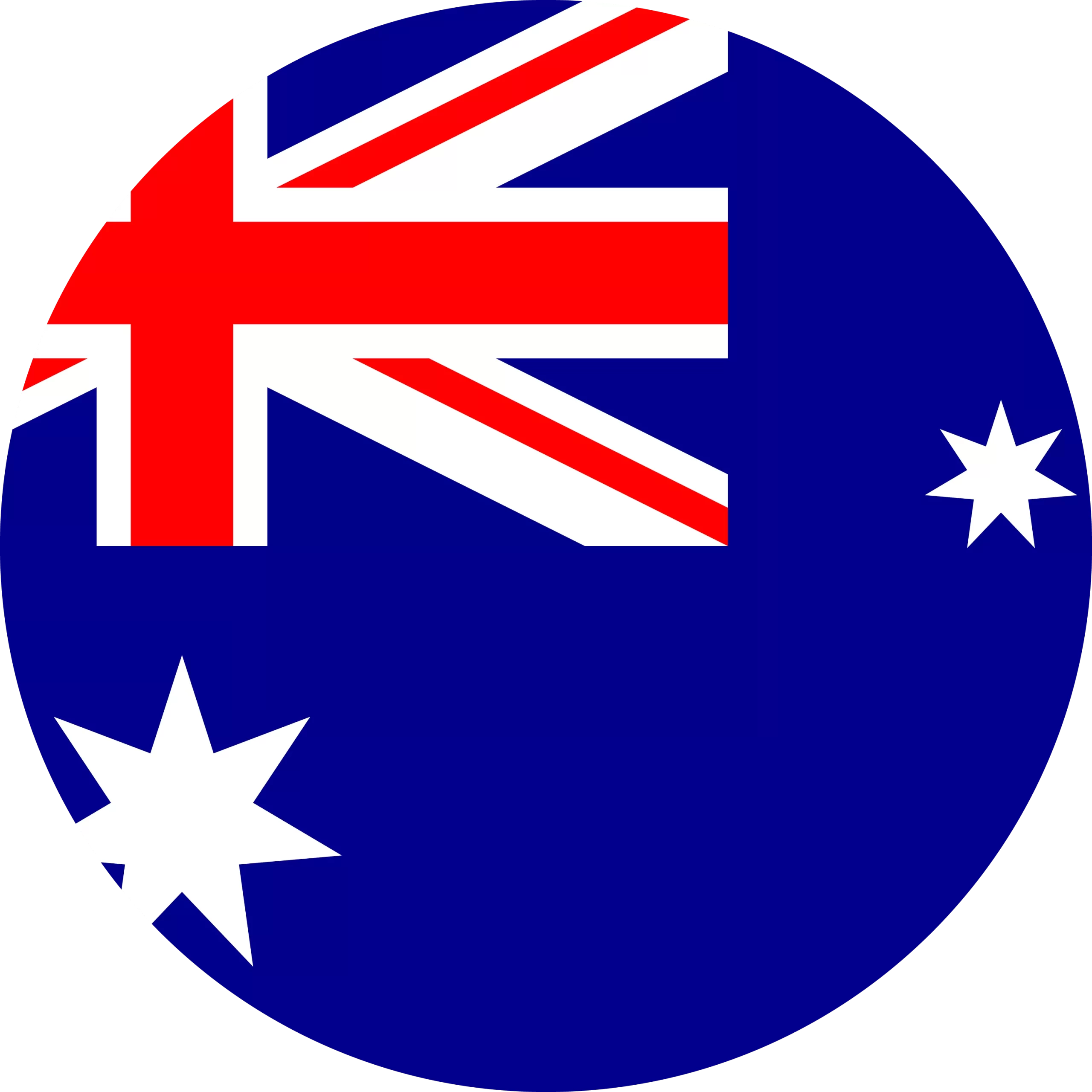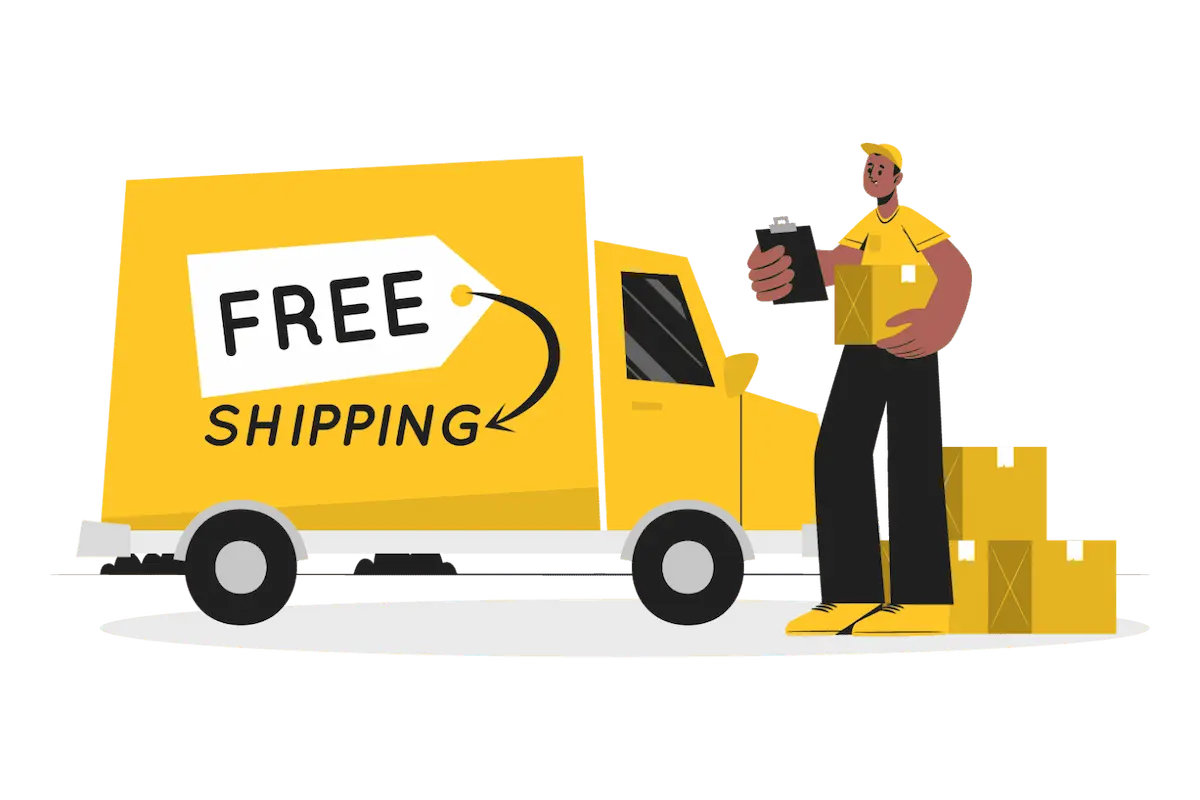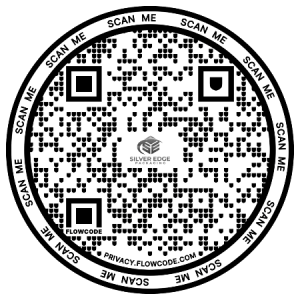Much is heard that the first impression is what remains, and in custom cake packaging boxes design this maxim fits perfectly. Packaging, especially at retail, is the customer’s first contact with a product.
In addition to the basic protection function, the packaging design thinks about several other aspects that are essential for the relevance of the product in the market.
Planning your product packaging goes far beyond the box. Professionals in the field know how to deal with exactly what you need to differentiate your product and add the values – tangible and intangible – that consumers expect.
Table of Contents
ToggleGood Design Influences Customer
In addition to influencing the customer’s purchasing decision power, the packaging can act in several aspects perceived by the consumer. In this text, we will understand how custom cake boxes packaging design works and how it is essential for strengthening your business.
What should be the exterior of the custom cake boxes with logo packaging?
In the current market, where we are flooded with new products daily, competition is quite aggressive. One of the ways to stand out in this scenario is to seek product differentiation from others.
To illustrate this situation, imagine yourself entering a supermarket, where there are vast shelves. It is not always easy to find what you are really looking for.
In a situation like this, some product there caught your attention, influencing your purchase decision, and you ended up purchasing it, even if that is not the real reason for your going to that gondola. This is just one example of how differentiation by packaging design works in a practical way in everyday life.
Investing in packaging design is an essential tool in this competition. In retail, the disposition of a given product is determined by many factors, the main one being the investment of the manufacturer in that space.
The psychology of colors in custom cake boxes in bulk packaging
Colors interfere with human behavior and even the first impression that other people have on you. But the psychology of colors goes beyond the social aspect and assumes prominence in the scope of business.
They consist of a highly influential visual resource for the sales index of a commodity. According to research published by Quicksprout, the appropriate use of colors in product packaging impacts 85% of consumers’ purchasing decisions.
Imagine a children’s clothing store that has selected the color black to mark its identity: objects, products, walls, and doors will be dark. The choice is not appropriate, because this color makes the environment more serious, funereal or adult, opposing perspectives of an environment intended for children.
What does the survey say about cake box designing for branding?
Despite the evident example above, subtle changes also shake customers’ decisions. The Quicksprout survey mentioned earlier shows that purple is the preferred color for 23% of women, while 0% of men like it.
Thus, it is reasonable to assume, for example, that products whose target audience is female will have their sales increased by using the purple color in their design, which will not happen with the male audience.
What are the functions of the packaging?
In addition to thinking about the packaging on the shelf, professionals in the field design thinking about factors of equal importance, such as:
Product protection
One of the basic functions of packaging is the protection of the product and the packaging material is one of the crucial points for this. If the product is fragile, the packaging must protect the contents from damage caused by impact.
If your product is sensitive to light, UV protection should be applied to the part that is in contact with the product. Several scenarios must be analyzed, as different sources can cause damage to products, resulting in negative marketing and direct losses to the company.
Material is Very Important in custom cake boxes Packaging
It must be kept in mind that, depending on the material used in the packaging, the protection offered to the products also changes. There is a range of material options with different costs, rigidity, appearance, durability, among other characteristics that must be considered by the administrator.
They may or may not be suitable for each product, both in terms of transport and protection. Below, we explain about the most common materials and the level of protection guaranteed by each one.
Plastic
This is ideal for various types of products, as it can come in different sizes and shapes. As for protection, plastic can be divided into two categories:
Rigid:
Good option to replace the glass if you want to reduce the costs of a product, more used in the box and bottle format;
Malleable:
More functional and practical model, as it is easy to transport, suitable for food and simpler objects, such as study materials and cleaning products .
Glass
Practical material that can be exposed to heat without releasing chemically contaminating substances to its content. However, it breaks easily and requires more care in transportation. It is recommended to use a second carton to ensure safety.
Cardboard
This is the most practical and versatile among the examples, in addition, it allows several models that are suitable for a large number of products. Some of them are:
-
full tab;
-
basic suitcase;
-
cut and crease;
-
partial flap;
- custom bakery boxes
In addition to the affordable price, it has durability, insulation capacity and ensures protection for a wide range of products, even food. Its negative aspect is the fact that it must be kept away from moisture.
Aluminum and steel Product Packaging
They are light, durable and easy to recycle. However, they are costly and can suffer small cracks during transport, which allow the entry of microorganisms, contaminating food. It is important to know the difference between the two materials:
-
Aluminum: suitable for the protection of non-sensitive foods, such as beverages and preserves in general;
-
Steel: provides greater isolation to the external environment. Therefore, they are more used to packing fruits, vegetables, and juices.
Transportation and logistics for Custom Cake Boxes
Another basic function of custom cake boxes is that of transportation. The packaging should facilitate logistics, both when storing and when moving on large and small scales. In this case, one must still think beyond the unitary packaging, considering the packaging for transportation that will leave the manufacture to the place of sale.
The more unitary packages that fit together, juxtaposed in another package (while still protecting the product), the more you save on transportation because fewer trips will have to be made to transport the same quantity of the product.
When we think about the unitary packaging of the product, it should be an agent that facilitates the transportation of the product to the customer, offering practicality and comfort. Another important aspect is the means of transport of the products. There are several modes that can be or have the best cost-benefit ratio for your goods. Are they:
Road:
Consists of deliveries made on roads by trucks, cars, and other vehicles. They usually transport general cargoes stored in cardboard boxes, wood or drums, liquid and dry cargoes (wheat), refrigerators, such as meat and fresh fruits, and dangerous substances, such as gases and oxidizers;
Rail:
It happens through the railway lines, it usually transports large loads like grains, ores, and fuels;
Waterway:
Maritime transport, has great capacity, is suitable to supply more isolated places, which are easier to reach by boat;
Air:
Facilitates international trade and works with agility, recommended for transporting goods of high value or urgency.
Branding tool for custom cake boxes packaging
Branding is a set of practices that aim at building, enhancing, and managing a brand. Just as branding helps to think about how your brand will position itself in the market, packaging also operates in the same scenario.
The packaging design must be designed so that the product positioning, the brand exposure and the strengthening of the relationship with the customer are done in the most effective way possible.
The display box packaging can be a new customer’s first contact with the product or brand, so there is a huge chance of building customer loyalty.
Marketing tool
The packaging design tries to guide the positioning of the product in the market, while trying to satisfy the desires of the target consumers.
Packaging can be a form of shelf advertising for the brand or product, as it establishes direct contact with the consumer. In addition, the packaging, when well developed, creates a direct association between the product and the brand with which it relates.
Sustainability and protection of the environment
Currently, acting sustainably is an essential practice to stand out in the market. Materials and dimensions must be designed taking a number of factors into account, including ways of saving raw materials.
Considering that many packages are discarded after the purchase or use of the product, the packaging design comes in as an alternative to this. Recyclable, reusable packaging or already made with recycled raw material contributes to a lower environmental impact, improving the product’s ecological image and premise, an idea that is increasingly valued by consumers. All of this can be an additional advertising factor to boost sales of a product.
Does investing in custom cake packaging design work?
The result of a recent survey carried out by the National Confederation of Industries – CNI shows that 75% of the companies that invested in design had increases in sales, with 41% also managing to reduce costs.
The survey also indicates that the consumer, when faced with similar products, chooses the one that has the most attractive and practical packaging, and is even willing to try new brands if they have these characteristics.
Conclusion
The advantages of investing in custom boxes with logo and packaging design are diverse and its performance is very strategic in the current market. There is the promotion of the product, increased competitiveness in the market, strengthening of the brand, influence in the purchase decision and loyalty of new consumers.

